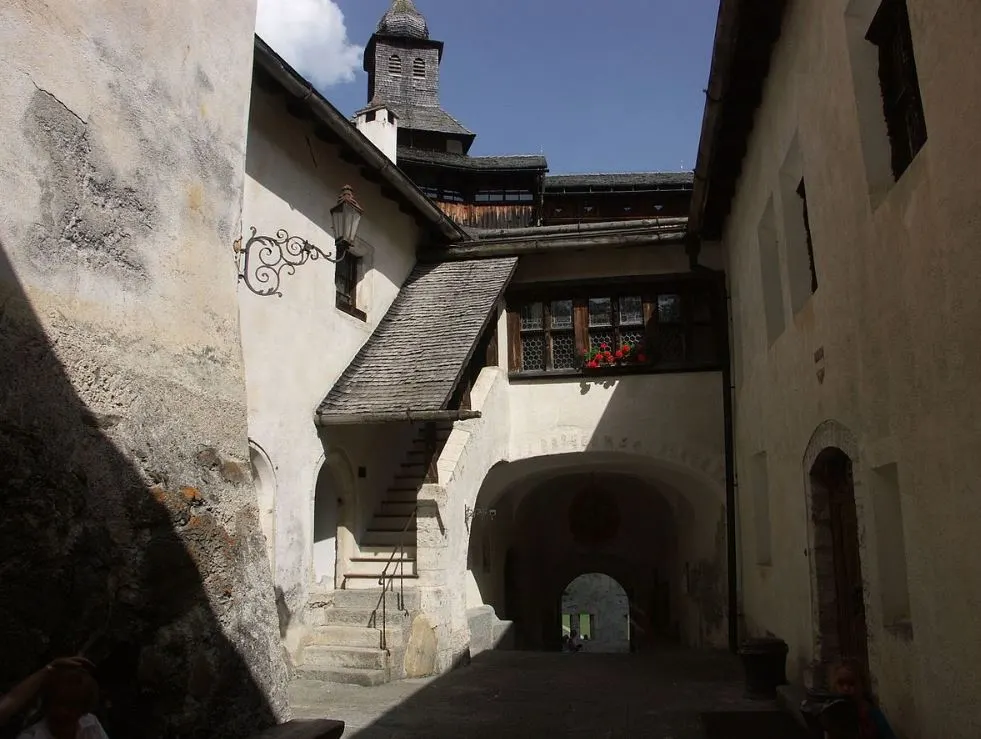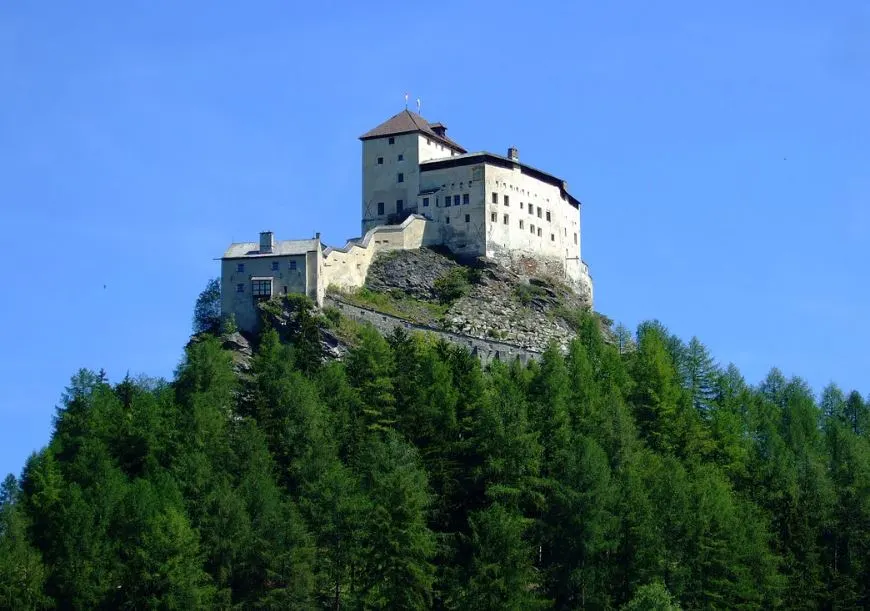Most medieval castles in Europe were constructed as fortifications to protect a certain area. The location of these buildings was, therefore, essential.
Very few castles embody this notion than this magnificent castle in a small town in the eastern part of Switzerland.
This building in Switzerland has a history that probably goes back over a millennium and its location is nothing short of breathtaking.
Let’s take a closer look at some of the most interesting facts about Tarasp Castle, one of the most fascinating buildings in Switzerland.
1. It’s located in a small town in the eastern Grisons Canton of Switzerland
Tarasp Castle is located in a village of the same name that is located in the Swiss Canton of Graubünden, also known as the Canton of the Grisons.
This village was merged together with several other villages in this sparsely populated region in the eastern part of Switzerland and is now part of the municipality of Scuol.
The castle is situated on a rocky outcrop just northeast of the village and just north of the Taraspsee, a small lake.
Scuol is a bit larger and is located just a short drive northeast of the castle in this mesmerizing mountainous landscape.

2. It likely has a history that goes back to the 10th century
The castle was constructed in a strategic location on top of a rocky outcrop in the Inn River Valley which was carved into the heart of the Alps mountain range.

The exact date when the castle was initially established remains unknown, but some sources state it was likely in the 11th century, probably even in the 10th century.
What we do know is that the name of Tarasp Castle was first mentioned with its owner, “Ulrich from Tarasp,” in a papal mandate to the Bishop of Chur in 1089.
This means that a fortification was already present here at that time, which was likely nothing more than a protective wall built around a chapel.
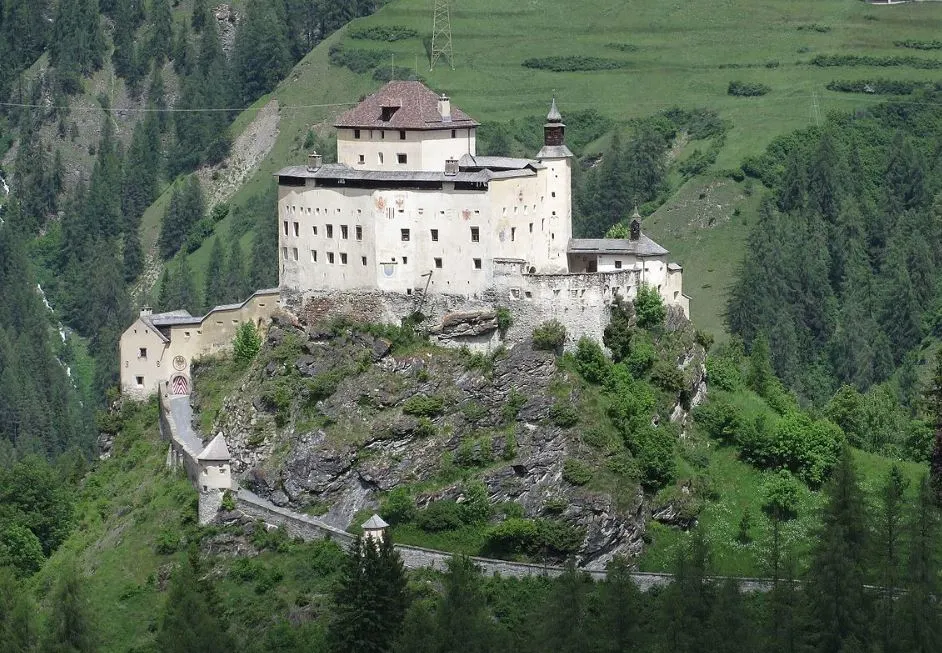
3. Its name was derived from the beautiful landscape it was constructed in
The name “Tarasp” is a derivative word from the two Latin words “Terra Aspera.” These translate to “Wild Land, a reference to the mountainous landscape in the region.
When you look around this fascinating landscape, it’s pretty easy to understand why this name was given.
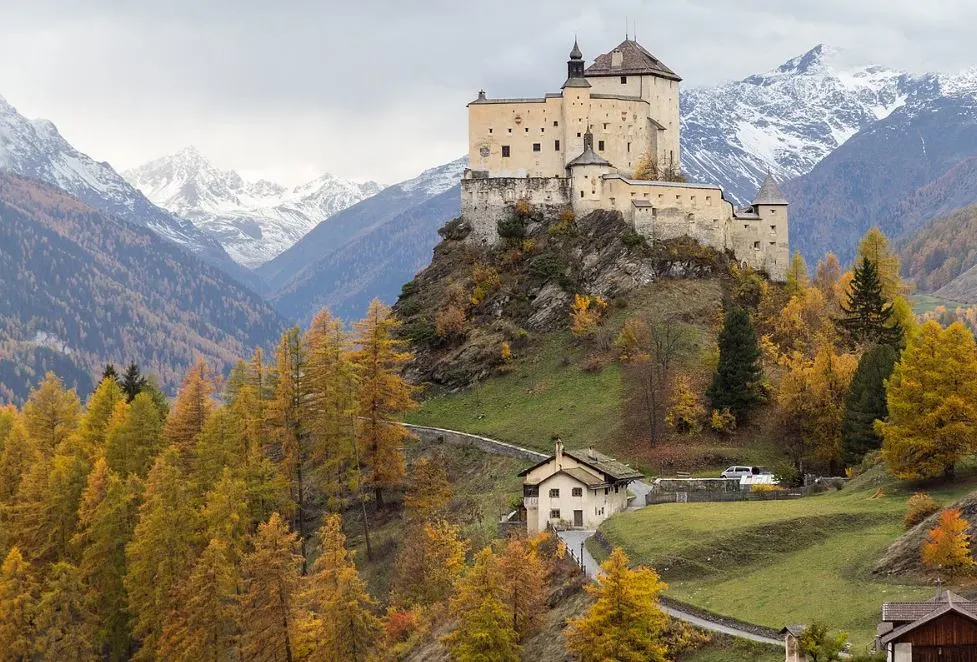
4. The most prominent feature is the Palas which have incredibly thick walls
The first major structure that was constructed in this location apart from the chapel and its outer walls was the so-called “Palas.”
This is pretty much the equivalent of the English word “Keep” and was usually the main building of a castle in the German-speaking world.
This heavily fortified building has walls that have a thickness of approximately 2 meters (6.56 feet). All subsequent structures were built around the castle’s Palas.
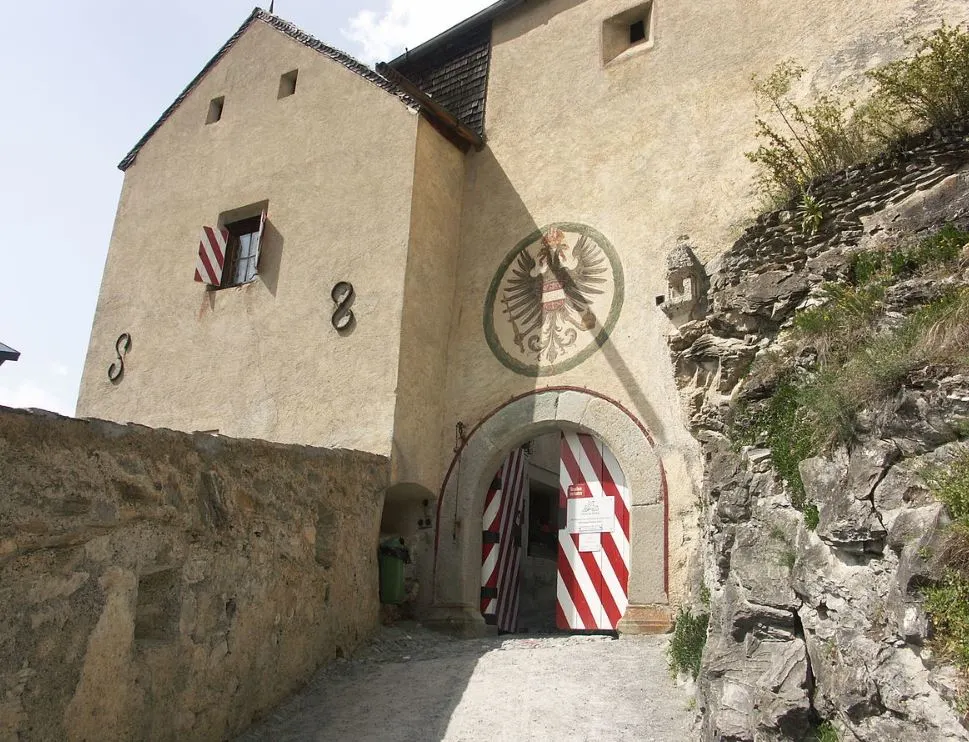
5. It remained under Austrian control until the early 19th century
The palace was initially constructed by local lords who aimed to build a stronghold to control the region. The Lords of Tarasp never really became powerful enough to achieve this.
Instead, the ownership of Tarasp Castle was switched to the count of Tirol who held onto it with the help of the local Matsch family who was loyal to the powerful Habsburgs.
This region remained the only Austrian territory in modern-day Switzerland until the early 19th century when Napoleon gave the Austrian territory to the short-lived Helvetic Republic.
The castle fell into disrepair shortly after and basically into ruin in the first half of the 19th century.
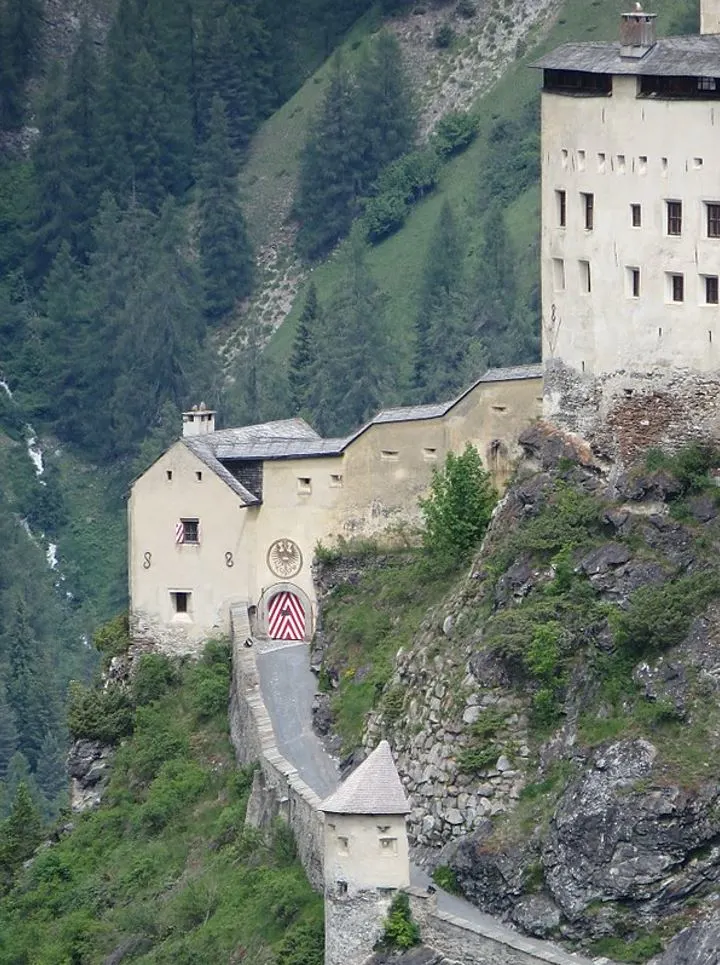
6. Tarasp Castle almost became a prison but this plan was abandoned
The government of the Canton of the Grisons had a wild idea as it was contemplating what to do with this ruined fortification in their jurisdiction.
They planned to transform this medieval stronghold into a prison. However, the state in which the building found itself was too dilapidated at the time.
It was deemed too expensive so the Canton decided to sell the castle instead.
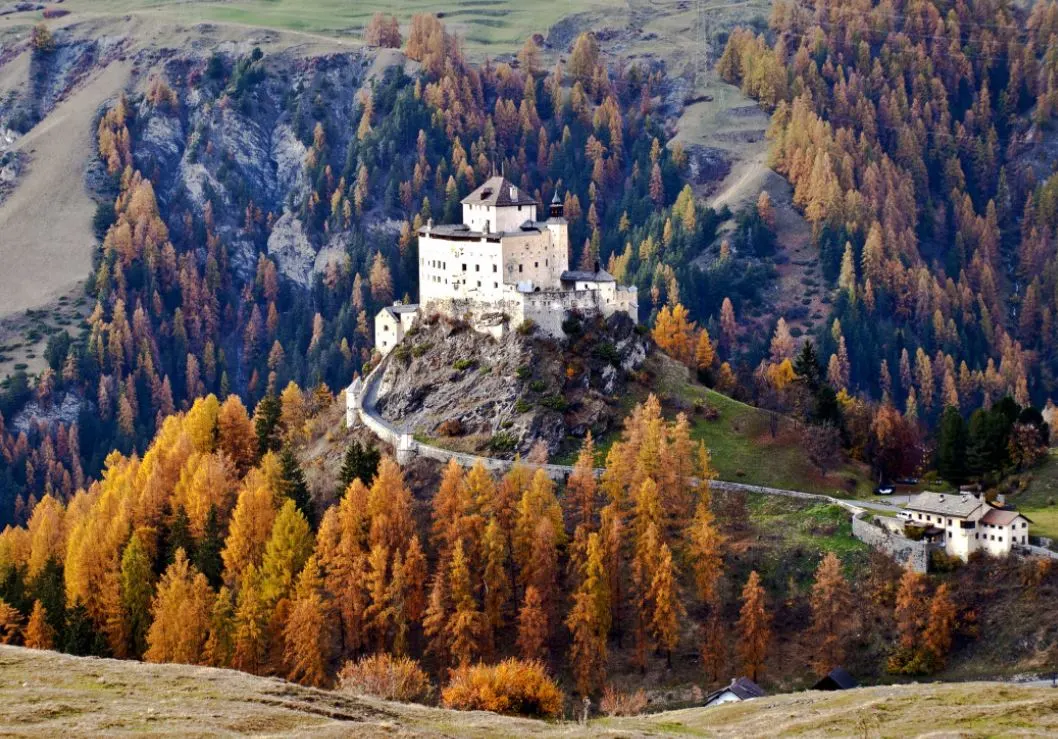
7. The interior of the castle was completely renovated in the early 20th century
The von Planta family were the first private owners after the castle was put up for sale by the local government and they purchased the castle in 1856.
Apart from replacing the roof, not a whole lot happened until the castle was bought by Dr. Karl August Lingner, a wealthy industrialist from Dresden, in 1900.
He started a major renovation project with the sole aim of restoring Tarasp Castle back to its former glory.
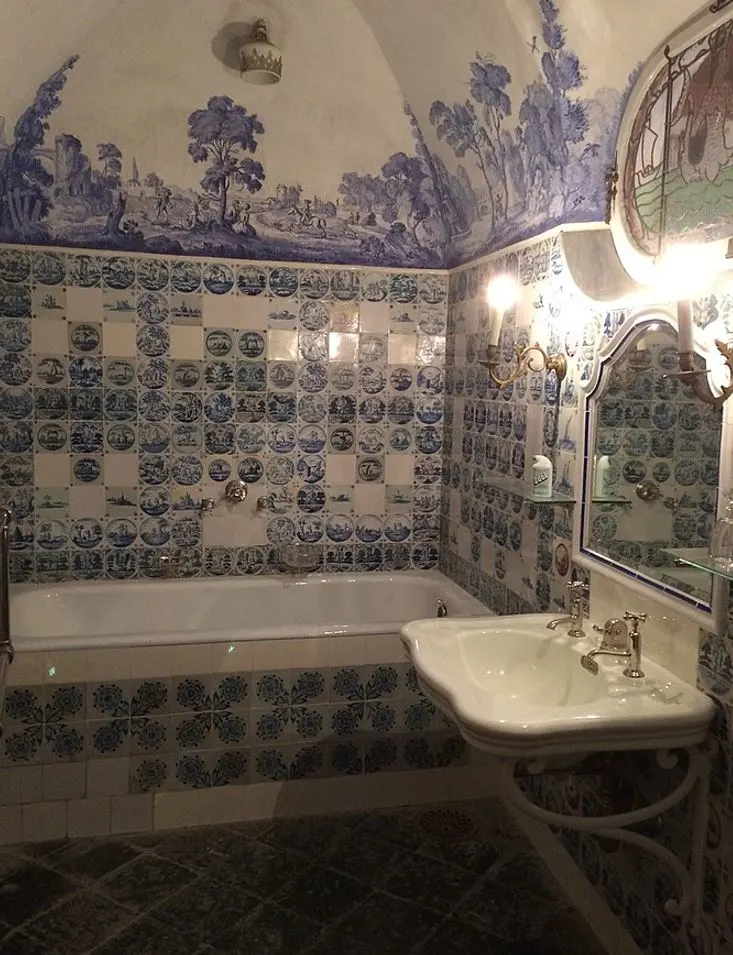
He completely renovated the interior of the castle and installed furniture using wood that was acquired from nearby areas.
The most prominent feature he added was the organ inside the music room, which was the former armory, in 1916.
It was installed by the specialized Jehmlich Orgelbau Dresden company and remains the largest private organ in Europe today.
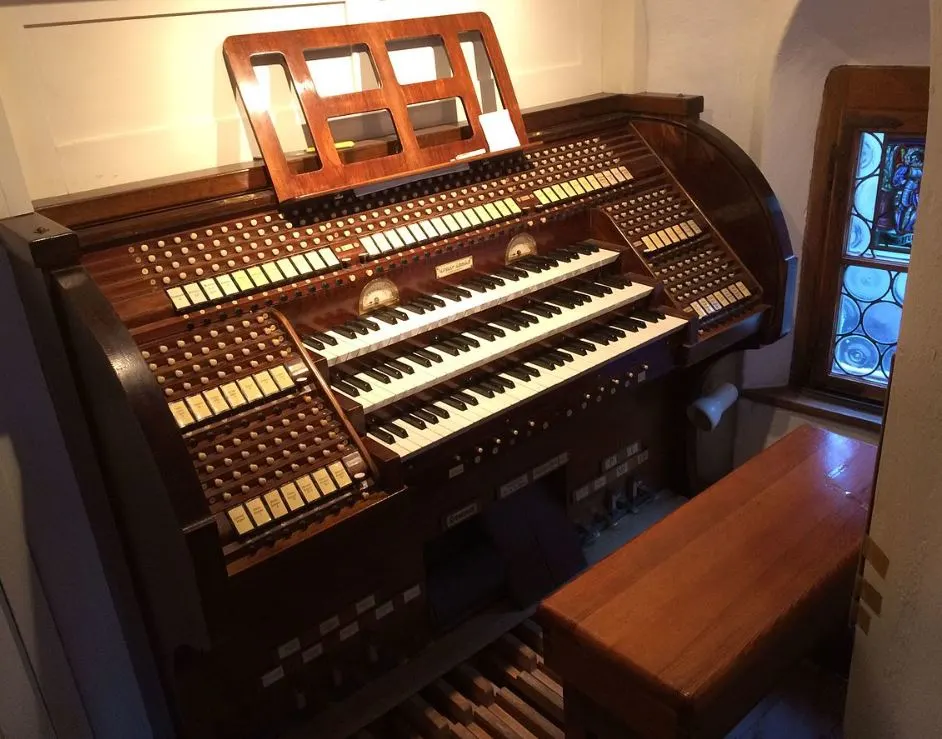
8. Guided tours to visit this Swiss Heritage Site are available
Do you want to visit Tarasp Castle?
Then there’s only one way to achieve this which is to book a private tour on the castle’s website.
Visiting this building, which was listed as a Swiss heritage site of national significance, is definitely an amazing experience if you want to discover medieval architecture.
